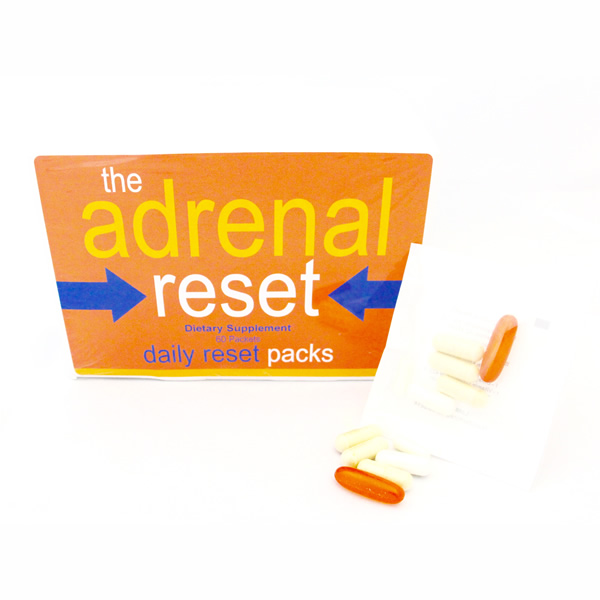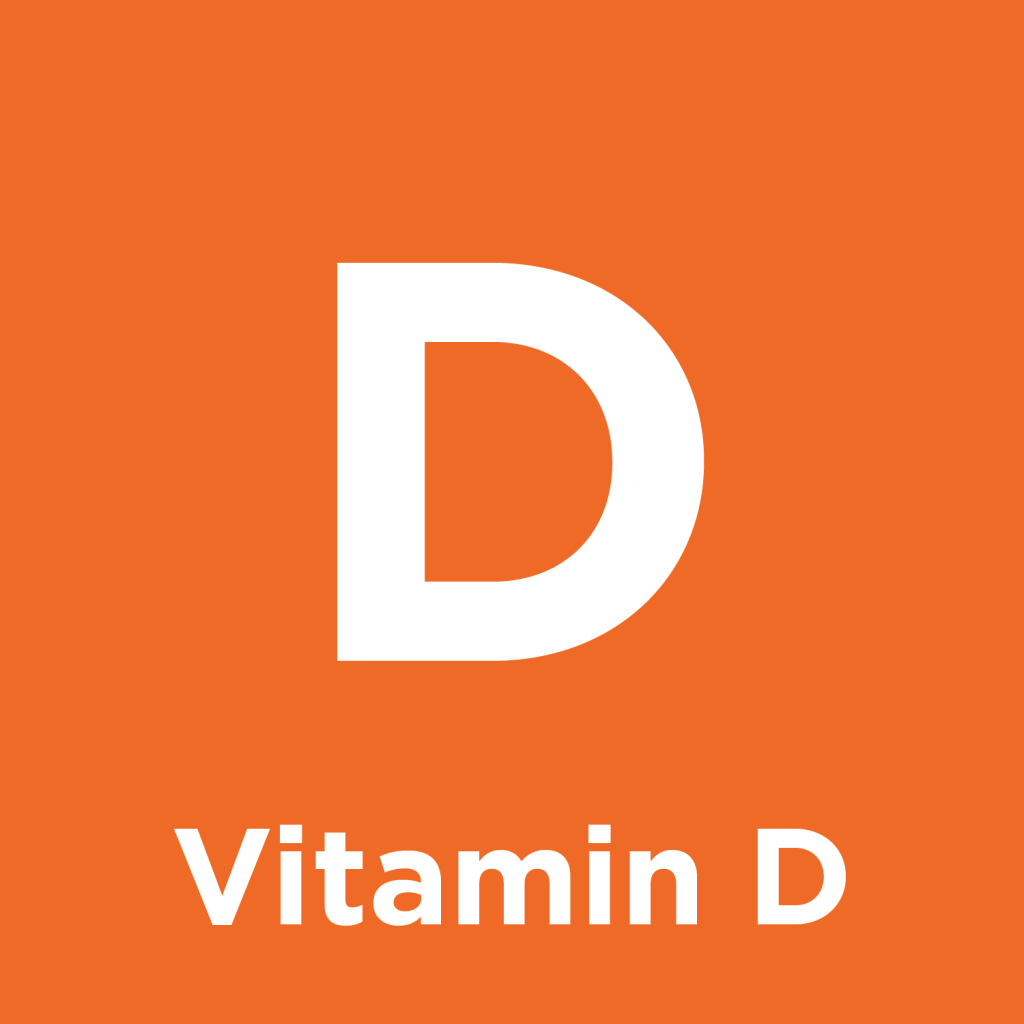[i] Bischoff-Ferrari HA, Kiel DP, Dawson-Hughes B, Orav JE, Li R, Spiegelman D, Dietrich T, Willett WC. Dietary calcium and serum 25-hydroxyvitamin D status in relation to BMD among U.S. adults. J Bone Miner Res. 2009 May; 24(5):935-42.
[ii] Lawlor DA, Davey Smith G, Kundu D, Bruckdorfer KR, Ebrahim S
Those confounded vitamins: what can we learn from the differences between observational versus randomised trial evidence? Lancet. 2004 May 22; 363(9422):1724-7.
[iii] Brehm JM, Celedón JC, Soto-Quiros ME, Avila L, Hunninghake GM, Forno E, Laskey D, Sylvia JS, Hollis BW, Weiss ST, Litonjua AA. Serum vitamin D levels and markers of severity of childhood asthma in Costa Rica. Am J Respir Crit Care Med. 2009 May 1; 179(9):765-71.
[iv] Wranicz J., Szostak-Wegierek D. Health outcomes of vitamin D. Part II. Role in prevention of diseases. Rocz. Panstw. Zakl. Hig. 2014;65:273–279.
[v] Reis JP, von Mühlen D, Miller ER 3rd, Michos ED, Appel LJ. Vitamin D status and cardiometabolic risk factors in the United States adolescent population. Pediatrics. 2009 Sep; 124(3):e371-9.
[vi] Ginde AA, Scragg R, Schwartz RS, Camargo CA Jr. Prospective study of serum 25-hydroxyvitamin D level, cardiovascular disease mortality, and all-cause mortality in older U.S. adults. J Am Geriatr Soc. 2009 Sep; 57(9):1595-603.
[vii] Ascherio A, Munger KL, Simon KC. Vitamin D and multiple sclerosis. Lancet Neurol. 2010 Jun; 9(6):599-612.
[viii] Liu PT, Stenger S, Li H, Wenzel L, Tan BH, Krutzik SR, Ochoa MT, Schauber J, Wu K, Meinken C, Kamen DL, Wagner M, Bals R, Steinmeyer A, Zügel U, Gallo RL, Eisenberg D, Hewison M, Hollis BW, Adams JS, Bloom BR, Modlin RL. Toll-like receptor triggering of a vitamin D-mediated human antimicrobial response. Science. 2006 Mar 24; 311(5768):1770-3.
[ix] Jorde R, Sneve M, Figenschau Y, Svartberg J, Waterloo K. Effects of vitamin D supplementation on symptoms of depression in overweight and obese subjects: randomized double-blind trial. J Intern Med. 2008 Dec; 264(6):599-609.
[x] Arvold DS, Odean MJ, Dornfeld MP, Regal RR, Arvold JG, Karwoski GC, Mast DJ, Sanford PB, Sjoberg RJ. Correlation of symptoms with vitamin D deficiency and symptom response to cholecalciferol treatment: a randomized controlled trial.
Endocr Pract. 2009 Apr; 15(3):203-12.
[xi] https://www.vitamindcouncil.org/about-vitamin-d/testing-for-vitamin-d/. Accessed 8/14/15.
[xii] Ginde AA, Liu MC, Camargo CA Jr. Demographic differences and trends of vitamin D insufficiency in the US population, 1988-2004. Arch Intern Med. 2009;169:626–632.
[xiii] Chel, V., Wijnhoven, H.A.H., Smit, J.H., Ooms, M., & Lips, P. (2008). Efficacy of different doses and time intervals of oral vitamin D supplementation with or without calcium in elderly nursing home residents. Osteoporosis International, 19(5), 663-671.
[xiv] Bailey RL, Dodd KW, Goldman JA, Gahche JJ, Dwyer JT, Moshfegh AJ, et al. Estimation of total usual calcium and vitamin D intakes in the United States. J Nutr 2010;140:817-822.
[xv] Cranney C, Horsely T, O’Donnell S, Weiler H, Ooi D, Atkinson S, et al. Effectiveness and safety of vitamin D. Evidence Report/Technology Assessment No. 158 prepared by the University of Ottawa Evidence-based Practice Center under Contract No. 290-02.0021. AHRQ Publication No. 07-E013. Rockville, MD: Agency for Healthcare Research and Quality, 2007.
[xvi] Institute of Medicine, Food and Nutrition Board. Dietary Reference Intakes for Calcium and Vitamin D. Washington, DC: National Academy Press, 2010.
[xvii] Hollis BW, Wagner CL, Drezner MK, Binkley NC. Circulating vitamin D3 and 25-hydroxyvitamin D in humans: an important tool to define adequate nutritional vitamin D status. J Steroid Biochem Mol Biol. 2007;103(3-5):631-634.
[xviii] Mutt SJ, Hyppönen E, Saarnio J, Järvelin MR, Herzig KH. Vitamin D and adipose tissue—more than storage. Front Physiol. 2014;5:228.
[xix] National Institutes of Health (NIH), Office of Dietary Supplements. (2008). Dietary supplement fact sheet: Vitamin D. Retrieved June 30, 2008, from https://ods.od.nih.gov/factsheets/ vitamind.asp.
[xx] Wolpowitz, D., & Gilchrest, B.A. (2006). The vitamin D questions: How much do you need and how should you get it? Journal of the American Academy of Dermatology, 54(2), 301-317.
[xxi] Vieth, R. Vitamin D supplementation, 25-hydroxyvitamin D concentrations, and safety. American Journal of Nutrition, 1999.











